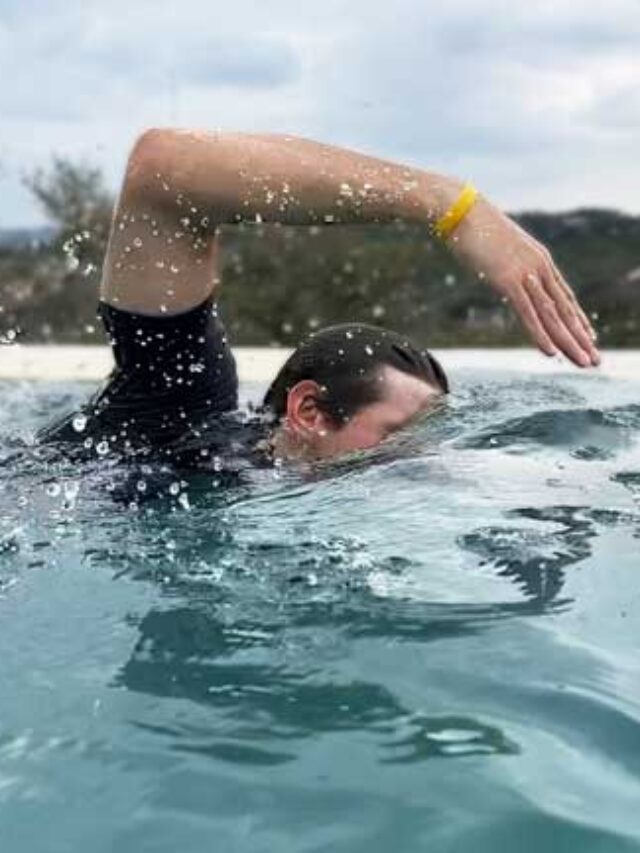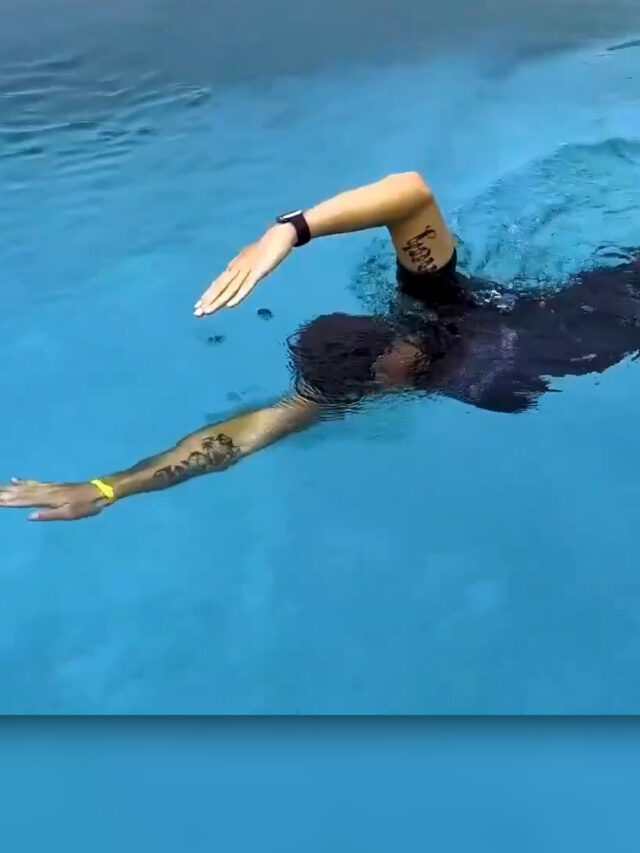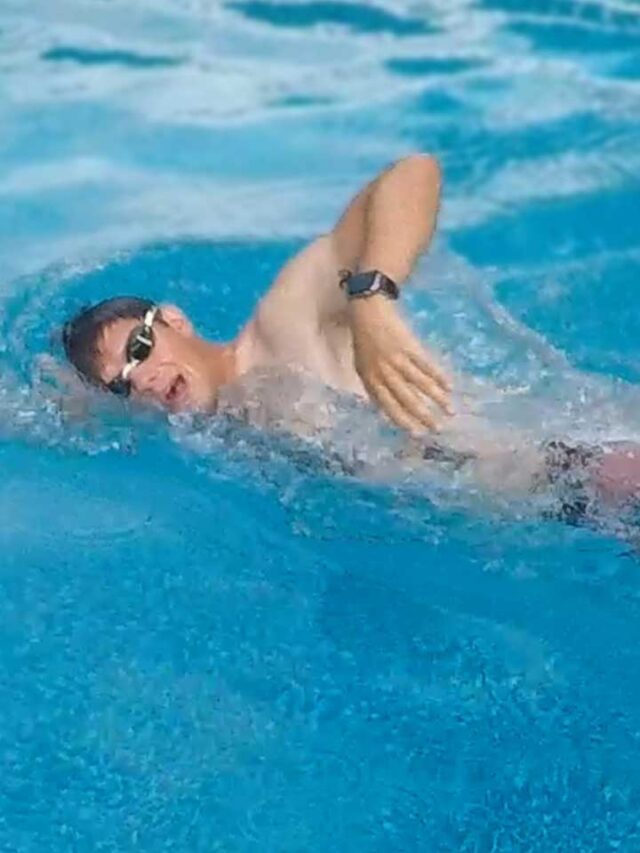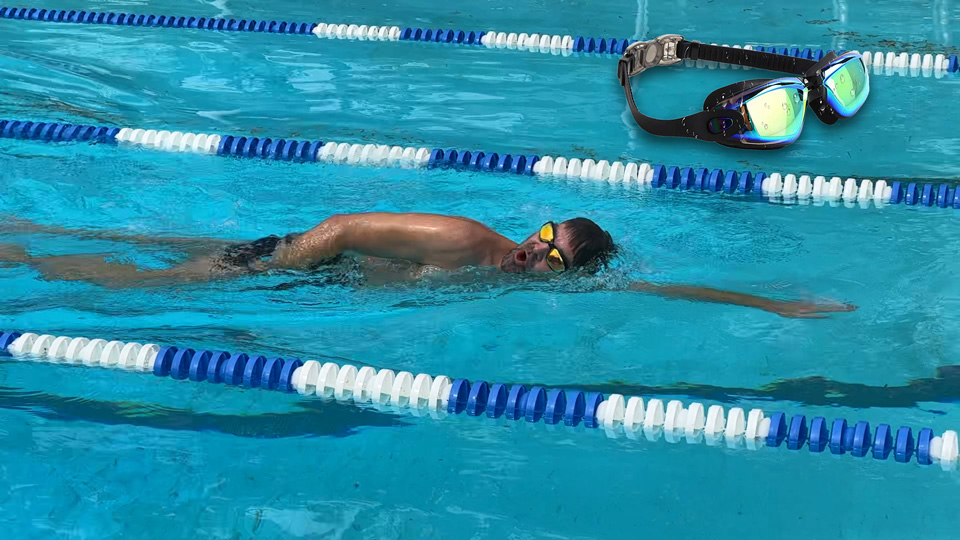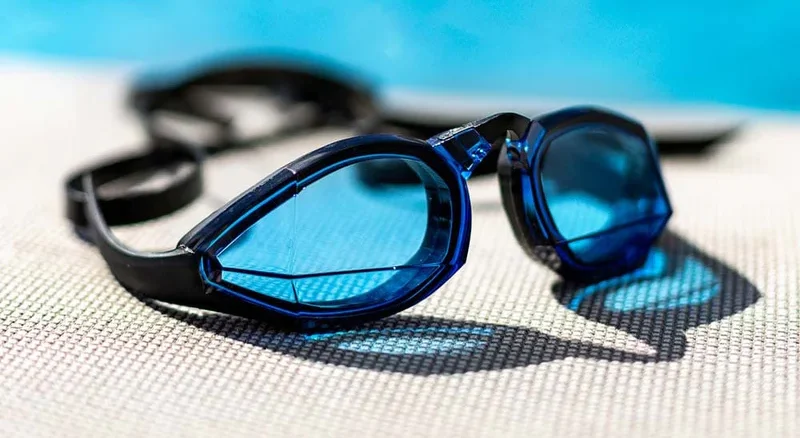Overview of Freestyle Swimming Stroke
Almost every person who has some interest in swimming has stumbled upon the term “Freestyle Swimming”, at least once in their lifetime. The first stroke everyone tries to learn is Freestyle because it is the most common stroke in swimming. Front crawl or Freestyle is the technique almost everyone uses when they are swimming in pools or in open waters. It’s rare to stumble upon a person who is swimming on their back in a natural scenario. Another reason Freestyle Swimming Stroke is the most common stroke is that this technique is the fastest way of swimming for a long duration of time.
We use our legs and arms to swim using the Freestyle technique. The swimmer’s first choice is to use the Front Crawl technique because this provides the greatest speed and stability in water. Freestyle or Front Crawl is regarded as the fastest swimming stroke among the four primary strokes. It is one of the two long-axis strokes, the other being Backstroke.
Freestyle or Front crawl has a face-down swimming positing which allows us to rotate our arms naturally and gives a good range of motion as compared to other strokes. It is always easier, faster, and safer to rotate your arms in a forwarding direction rather than backward because our hands cannot easily move along the back of the spine. The above-water recovery of freestyle stroke reduces drag in the water and helps you swim faster and more stable. It is also easier to add rolling motion to our body because of the alternating arms which also allows for better recovery.
Freestyle Swimming Technique
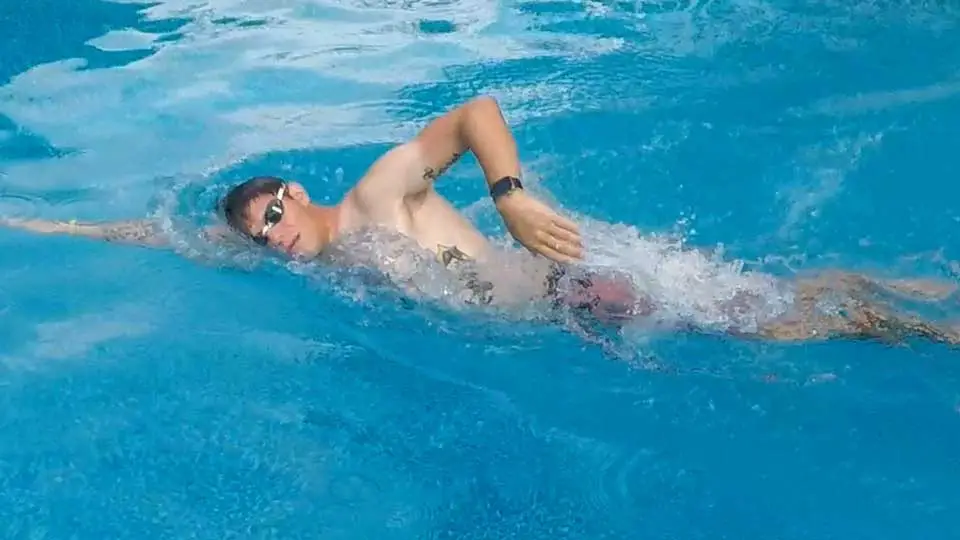
The starting position of freestyle is known as the “streamline” position. This technique implies the use of legs and arms for competitive swimming. The swimmer circles the alternate arm in forwarding rotation while kicking the alternate feet up and down which is also known as a flutter kick.
Arm Movement
The arm moment of the freestyle swimming technique provides the most power and speed for forwarding motion. One arm pulls and pushes the water while the other arm recovers above the water. Each complete arm movement is known as a stroke. This pull and push are also known as S-curve.
It is important to relax the arms during recovery because moving the hand too high and too far away from the body increases drag and muscle effort at the expense of speed and stamina. It is also important to use your shoulders to let the hand enter the water as forward as possible. The hand should always enter the water thumb first to reduce drag and possible turbulence.
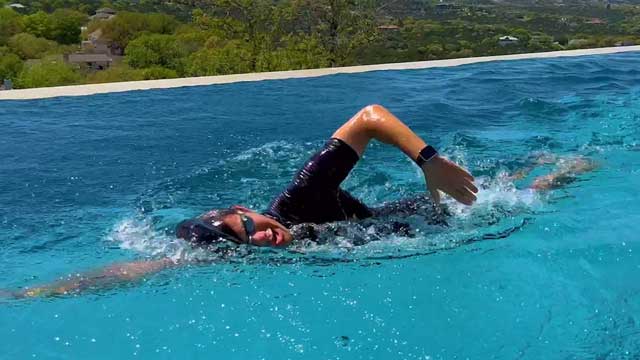
Leg Movement
It is important to know that you can use several different kicks with the upper body motion and it is legal in the freestyle competition. The most common leg movement in freestyle swimming is the flutter kick. The legs move alternately, with one leg kicking down while the other leg moves up. Legs provide only a small part of the overall speed, but they are important to stabilize your body in the water.
The legs are bent very slightly at the knees and most of the movement comes from your hips. Your feet do the flutter motion but the power should always be generated from your core and hips. Your legs act as a whip with the power generating from the hips and ending at the foot. You can use 8, 6, 4, or 2 kicks per cycle while 6 being the most common. When one arm is pushed down, the opposite leg needs to do a downward kick to fix the body orientation, because this happens shortly after the body rotation.
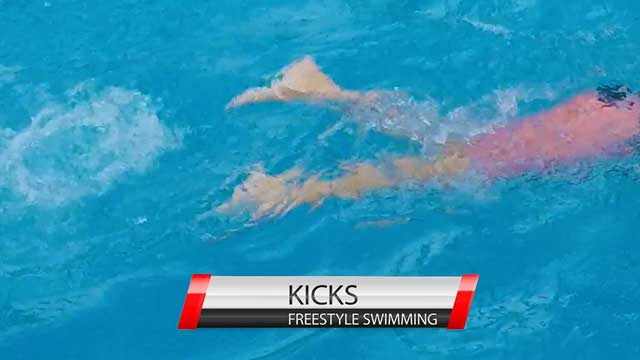
Breathing
When you breathe in freestyle, you are supposed to turn your head to the side. It is the only stroke out of the four that you breathe to the side. Normally, our face is always down in the water when swimming freestyle and we only rotate it to breathe, exposing just a part of our mouth.
Before you turn your head to the side, be sure to blow out all your bubbles so you only have to inhale when your head exits the water. We have limited time to breathe before our hand comes crashing down over our mouth. That is why it is important to exhale inside the water before you rotate your head to inhale.
It is important that you only expose half part of your face out of the water and avoid over-rotation. It is not recommended to hold your breath for a long period of time when swimming freestyle or any other stroke. You should constantly breathe as you do normally. It ensures an adequate supply of oxygen to your muscles and prevents exhaustion.
We breathe to the side in freestyle because the rest of our body is rotating to the side anyway. Another reason for breathing on the side is because our body rotates on the long axis in freestyle.

Benefits of Freestyle Swimming
1. Strengthen the heart
Since the pressure in the water is different from that on the ground, if a person is still in the water, the pressure per square centimeter increases proportionally by 0.1 atmospheres for every 1M increase in the depth of the water. In order to ensure that humans can breathe normally when standing in chest-high water, we must force the pectoral muscles to perform this more strenuous activity. According to this theory, frequent swimming can strengthen the respiratory muscles, widen the range of chest movements, and enhance the respiratory system’s performance.
2. Enhance the body’s resistance
Regular swimming may enhance physical health in all aspects, successfully prevent illnesses, and make the body’s performance better. It can also effectively improve breathing, blood flow, and the neurological system, as well as response time, endurance, muscular strength, joint flexibility, etc. For individuals who are skinny and have chronic illnesses, it is a particularly beneficial kind of sports medicine.
3. It’s very effective for bodybuilding
In order to activate the muscles throughout your entire body when swimming in the water, regardless of the style of exercise, you must row your arms and legs. The muscles will become stronger and more elastic if they are held in a tight or relaxed condition for a prolonged period of time in your swim session.
4. Improved regulation of body temperature
The thermal conductivity of water is approximately 25 times greater than that of air, so at 18 degrees Celsius in water, the human body expels at least 20 to 30 calories per minute. In order to combat the cold of the water while swimming, the body must quickly replenish heat, and the water’s temperature also stimulates the skin’s blood vessels, causing them to constrict. After a daily swim, the body works on controlling body temperature so it can adjust to changes in the environment.
5. Great for your skin
Swimming causes sweating as well, but the sweat and fat glands are flushed in the water, where they play a part in cleaning and massaging, enhancing blood flow, and promoting smoother skin.
6. Amazing weight loss workout
Regular swimming can help the body burn sugar and fat. Regular swimming can help people lose body fat and keep themselves from getting too fat.
Read more benefits of swimming: https://rocketswimming.com/what-are-the-top-6-benefits-of-swimming/
Now that you know what is freestyle swimming stroke, you should also read: How to Swim Freestyle for Beginners – The Ultimate Guide
Now that you have learned about Freestyle Swimming Stroke, it’s time to practice and learn it.


